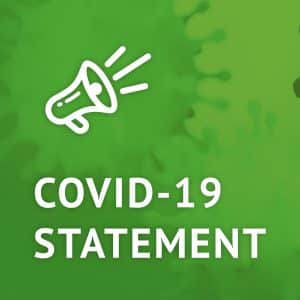Fall Fertilization
Late fall fertilizing is really an essential final step in lawn care applications north of the transition zone. Even though the precise timing can differ because of weather conditions, the final fertilizer application ought to be made sometime in November – when the grass stops growing or slows down to the point of not needing to be mowed, but before the ground freezes.
Correct timing is crucial. If fertilizer is applied too early, while grass is actively growing, it can invite winter injury and snow mold. Don't apply fertilizer to frozen soil or over snow or ice.
Why is fertilizing in the late fall essential?
Cool season grasses recover from summer time stresses like drought, heat, and illness in the fall. When the lawn isn't hungry and has been correctly fertilized in the late summer, grass can start to store carbohydrate reserves. Carbohydrate reserves assist grass resist winter injury and illness, and serve as a supply of energy for root and shoot development the following spring. A late fall fertilization may also offer much better winter color, enhanced spring green up, and elevated rooting.
Just how much fertilizer is required?
Nitrogen requirements are the most important component of a fall fertilizer. It's suggested that 1lb of soluble N/1000 square feet or 1.5 – 2lb of slow release N/1000 square feet be applied. A total fertilizer with a high ratio of N and K is suggested. K (potassium) is crucial for enhanced rooting, cold hardiness, illness resistance, and wear tolerance.
Late fall fertilizing should be used together with a total lawn care fertilizer program for best results.



